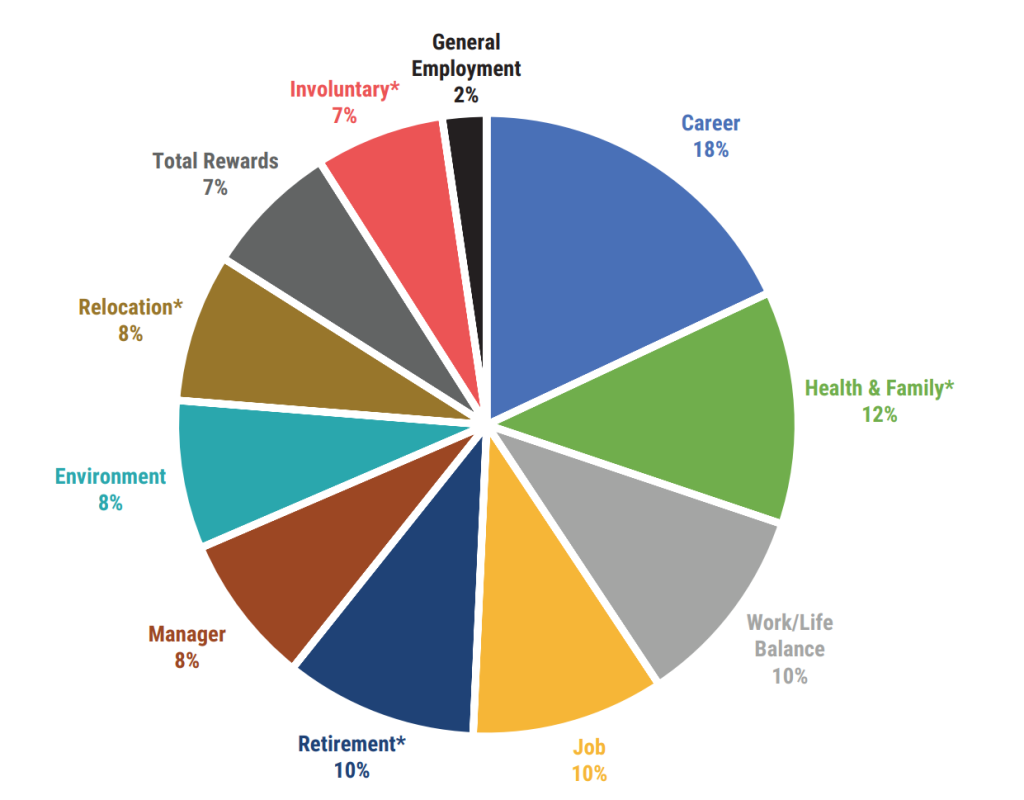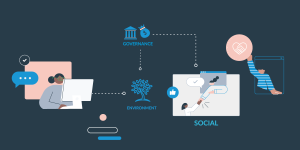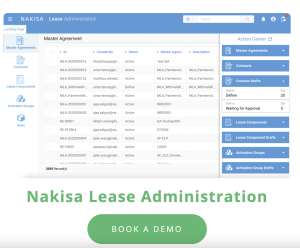By Sachin Venkat and Anastasie Najem
This new world of remote work faces a familiar challenge: talent loss. The so-called Great Resignation should not come as a surprise to many. With remote work and fewer work-related social connections, employees feel less engaged and motivated to stay in their teams and organizations. Instead, they’re scouting for better career options that suit their renewed aspirations. This is fueled by dissatisfaction with the workplace and the need for career growth at a time when market factors are favorable for employees, with more job opportunities as competitors offer increased salary, better working conditions, and other benefits. Employees don’t even have to scout for new work—recruiters are approaching them, even if they aren’t looking for a change, and enticing them with competitive offers. Who wouldn’t take that opportunity?
So, what are the ramifications of key talent lost by an organization? In many cases, lost talent can cause an increase in a company’s spending, spoil the workplace culture, and in the worst cases, it can damage the company’s reputation. According to Gallup, replacing an employee generally costs between one-half to two times their annual salary. This includes advertising, interviewing, and screening as well as onboarding costs, which include training and management’s time.
Beyond costs, there are tremendous consequences associated to knowledge loss of key employees that leave, which impacts the overall performance of the business. These people can be sources of information and support for many of their colleagues, by enabling others to also do their jobs effectively. Losing high contributors can be discouraging for employees on a team and can frustrate the remaining workforce as they are forced to accept extra work. Lastly, employees who take a dig at an organization on social forums such as Glassdoor can impact an organization’s chances to attract the best talent. Ultimately, the organizations that will succeed are those have come up with agile processes that enable them to mitigate the impact that talent loss has on their performance.
Talent mobility from a retention lens
From competitive pay to training programs or Diversity, Equity & Inclusion initiatives, retention strategies can take many shapes and form. Can talent mobility be looked at from a retention perspective? Definitely.
HR specialist HRSG describes talent mobility as the migration or movement of in-house talent to job positions where they can be most effective in the organization. According to sales and marketing firm The Echelon Group, this means moving people within an organization in hopes that new skills will be gained and sharpened through the employees’ new roles and responsibilities. By putting the right people in the right places at any given time, organizations can ensure that their talent is effectively placed to achieve business results and successful business outcomes.
Considering that employees are looking to switch companies to change roles, talent mobility could be seen as a way to promote lateral changes from one team to other within the company, thereby avoiding talent loss. More and more, people want to try to new things, learn new skills and complement their background with additional qualifications.
Recognizing this strategy and putting it to work for your organization allows you to contribute to the career progression of your talent while retaining their knowledge and skills internally. Looking at how your employees’ skills can be leveraged in other ways somewhere else in the organization can be a significant advantage as they will bring new value with a significant background to support this new role. Keeping doors open for your employees will prove that you care about their progression as much as you care about keeping them in your organization. Implementing an internal talent marketplace—giving your employees the ability to promote their skills, learn and develop their career alongside mentors, all to find internal opportunities—can be an efficient way to have your people look for their next step in your organization first, before looking anywhere else.
Now, in order to efficiently reduce the risks of voluntary turnover, your organization needs three additional things:
- First, understand why people are leaving so you can address the problem at its root causes.
- Second, assess how people are engaging and working with their peers to unlock hidden insights.
- Third, promote your talent marketplace but safe-guard your organization with succession planning.
Understand why people are leaving
The Work Institute’s 2019 retention report stated that 77 percent of the reasons behind employee departures are preventable. By addressing this problem with the right insights, organizations can significantly reduce avoidable turnover and its costly impact on the organization.

Reasons for employees leaving from the Work Institute 2021 Retention Report

Themes in turnover reasons from the Work Institute 2021 Retention Report
Voluntary turnover leads to loss of talent, and this can be avoided by implementing tailored retention programs for the various segments of employees that are leaving the company. To reduce employee turnover, HR needs to be become more data driven. A combination of descriptive, diagnostic, and predictive analytics can help organizations understand what segments of the employees are leaving the company, why are they leaving the company, and what will happen next.
Turnover analysis helps segment your workforce to understand different trends across and provide the right insights to build tailored retention programs. To begin with, descriptive analytics could be utilized to understand who exactly is resigning. Is it your key talent? Your top performers? Employees belonging to certain segments, such as those with a tenure of one to two years, or women? The next step is to carry out further analysis using a clustering algorithm. This will help you understand what factors increase or decrease resignation for each of the segments of the population. This data will help you build targeted retention programs.
It is also beneficial to use correlations to understand how resignations are affected by factors such as salary increase, performance, tenure, promotion, and training programs. Concepts such as forecasting, pattern recognition, and predictive models are leveraged in predictive analytics to predict what could happen in the future, such as predicting resignation counts by job, location, or employee class. the final step is to utilize all the above data to implement retention programs geared toward the various segments that are at risk of leaving.
Assess how people are engaging
Organizational Network Analysis (ONA) helps identify patterns of information flow, decision making, and influence across groups or functions. This is critical to understanding influencers within the organization. Often these influencers are overlooked and are not part of the recognized top talent. When these influencers leave the company, they create a huge void within the company. Most importantly, many other employees tend to leave the company after the influencers have left, which is detrimental to the growth of the company. ONA helps identify these influencers, and with proper retention strategies, you can avoid talent loss.
In the context of retention, ONA can also quantify engagement to help you see changing patterns of engagement among your employees and teams. Armed with this information, HR can reflect on the factors influencing engagement such as a sense of belonging, motivation in the tasks or jobs done, and participation in decision making. If you start seeing abnormal changes in an employee’s engagement or collaboration with peers, you may want to investigate further to learn if it coincides with turnover intentions. If so, you can then address it through internal talent mobility.
Safeguard your organization with succession planning
A CEO succession planning survey from Heidrick & Struggles and Stanford University found that more than half of companies today cannot immediately name a successor to their CEO should the need arise. Succession planning should focus on roles that are vital to keeping an organization competitive and to allowing it to continue its operations smoothly. There are several reasons why these critical positions may become vacant. These include retirement, termination, and better job opportunities. An effective succession plan for key positions ensures that any confusion can be avoided should key decision makers leave the organization, keeping the ramifications of talent loss to a minimum. Succession planning is part of the business continuity planning that helps organizations focus on growth and other market drivers.
An effective succession plan starts with identifying a pool of high potential candidates for each of the leadership or critical positions. This gives enough time for the potential candidates to prepare for the new role and helps organizations in parallel to assess their strengths and weaknesses. The perceived gaps can be bridged by grooming the talent over time. Moreover, when these high potential candidates know that the company is interested in them, they tend to stay within the company and to see what the future holds. Talent mobility can be a very effective way to retain your people while supporting their ambitions and career progress, but your organization must make sur that succession plans complement your talent mobility in order to ensure your key roles can always be filled and business can continue to flourish even in times of change or crisis.
The bottom line
Leveraging data to understand your employees and help you craft tailored retention strategies is key to helping you put the right people in the right places. Talent mobility is one solution to counteract the effects of the Great Resignation. Listening to your employees and supporting their lateral or vertical moves internally can contribute to reduce the turnover risks and costs of losing your people in this time of change.
Nakisa supports organizations in designing data-driven structures that perform while ensuring you keep your focus on your people. If you’d like to learn more about how you can use org design and workforce analytics solutions to reach your goals, reach out to us. Our team of experts will be thrilled to have a conversation with you!







